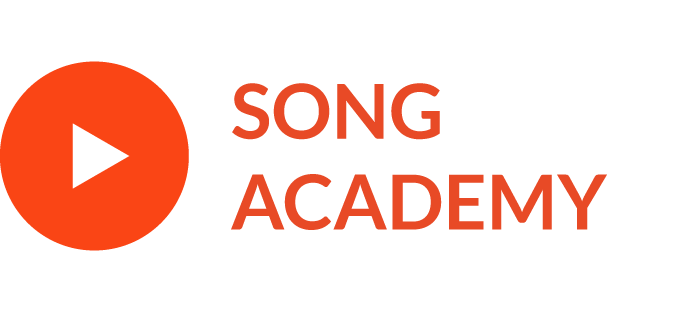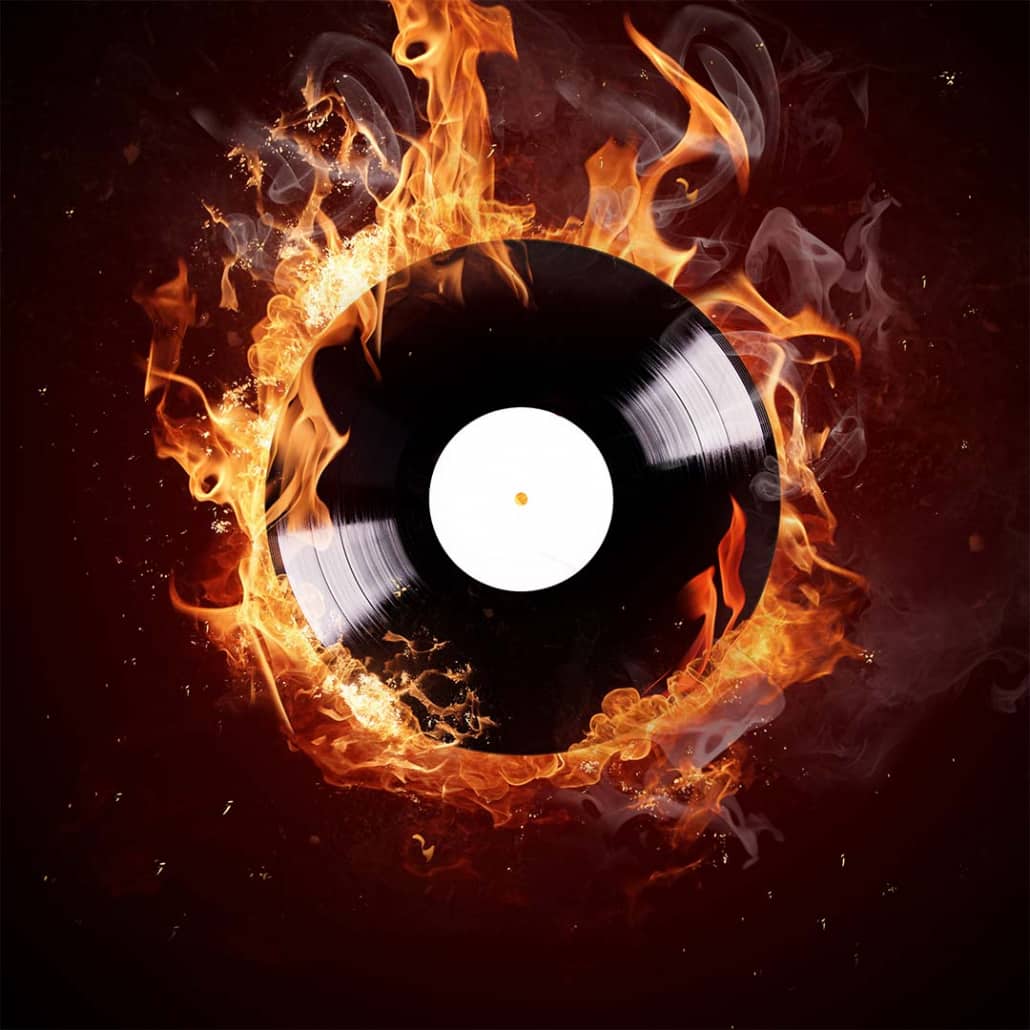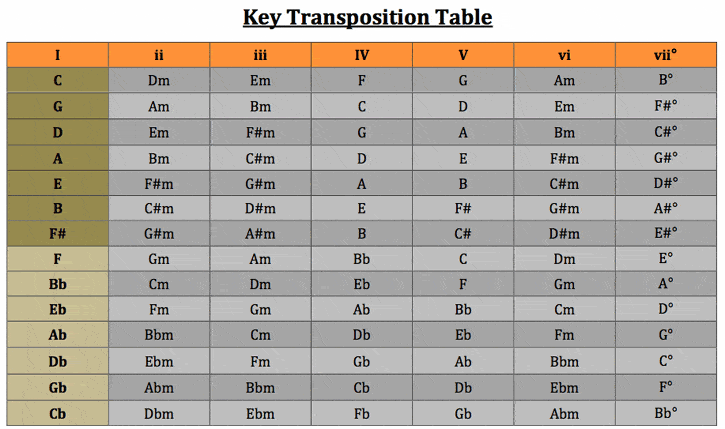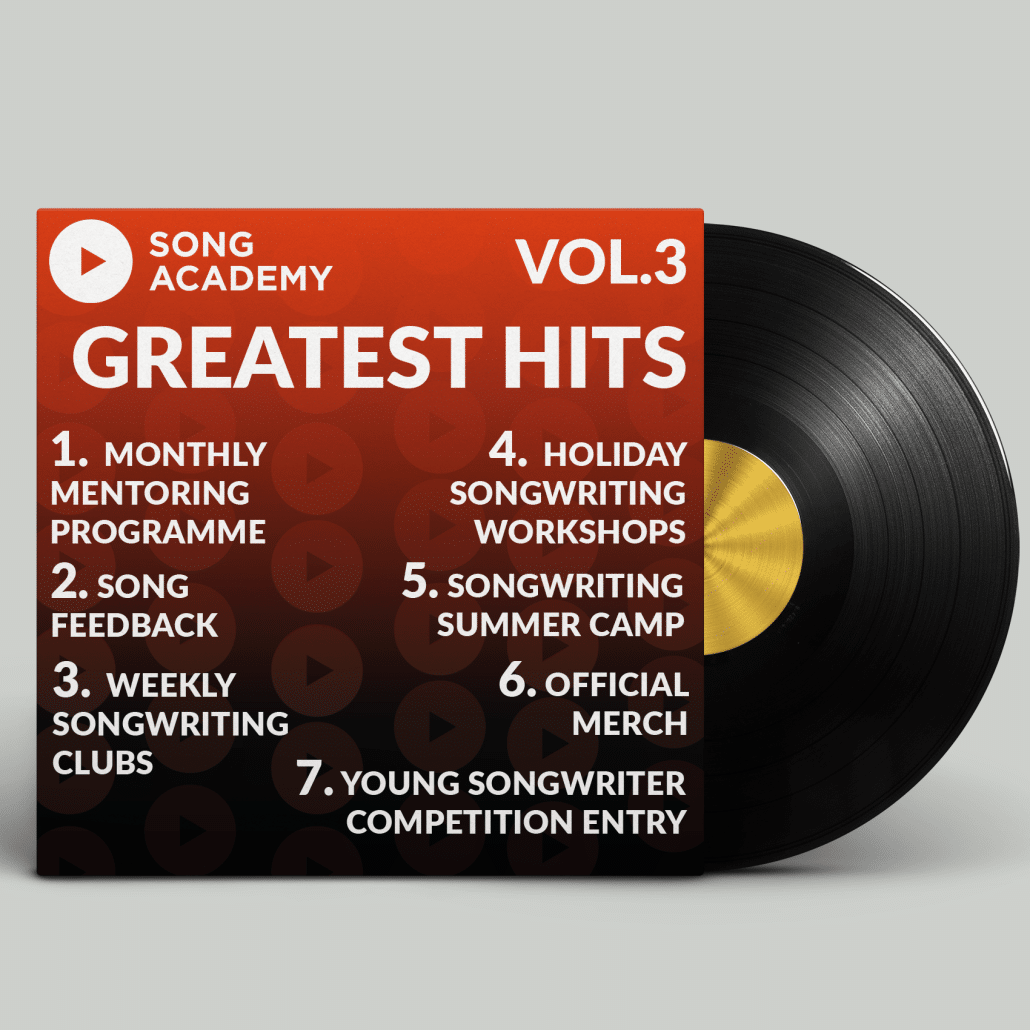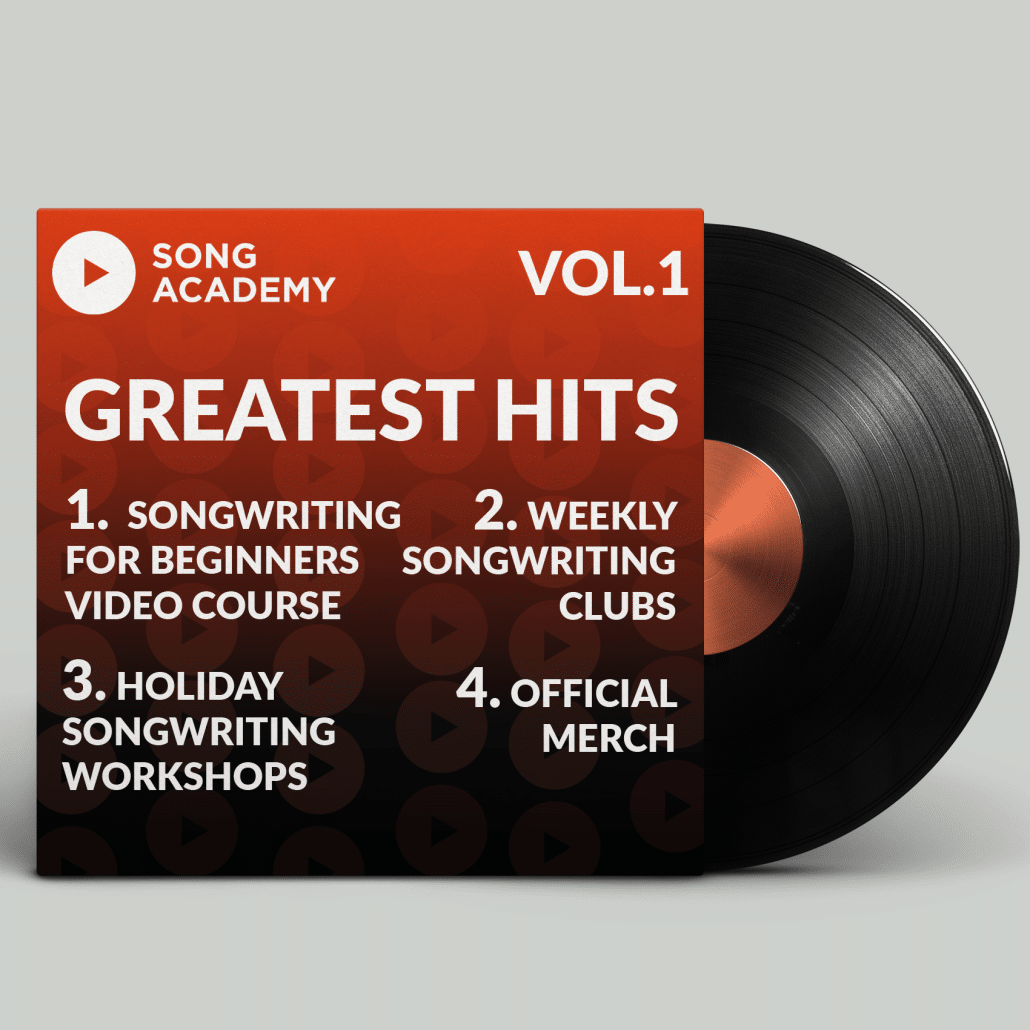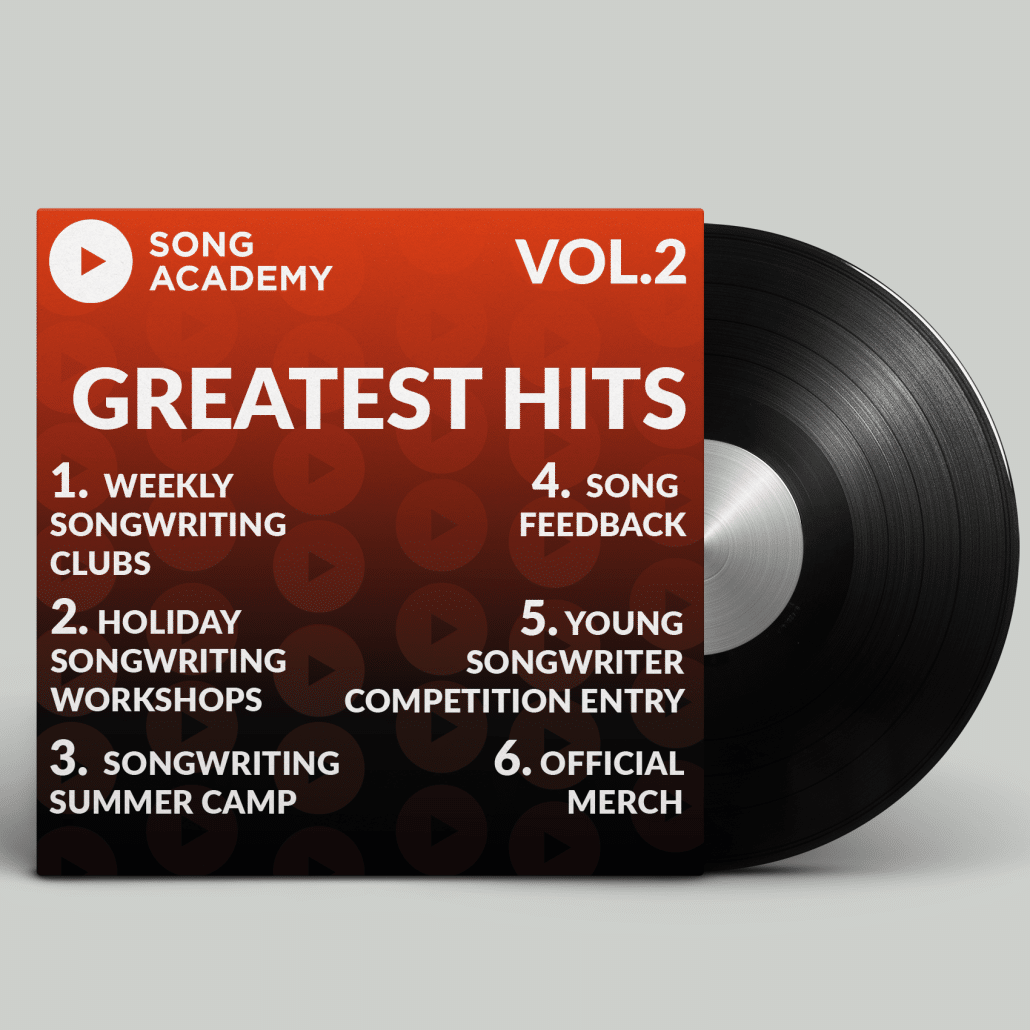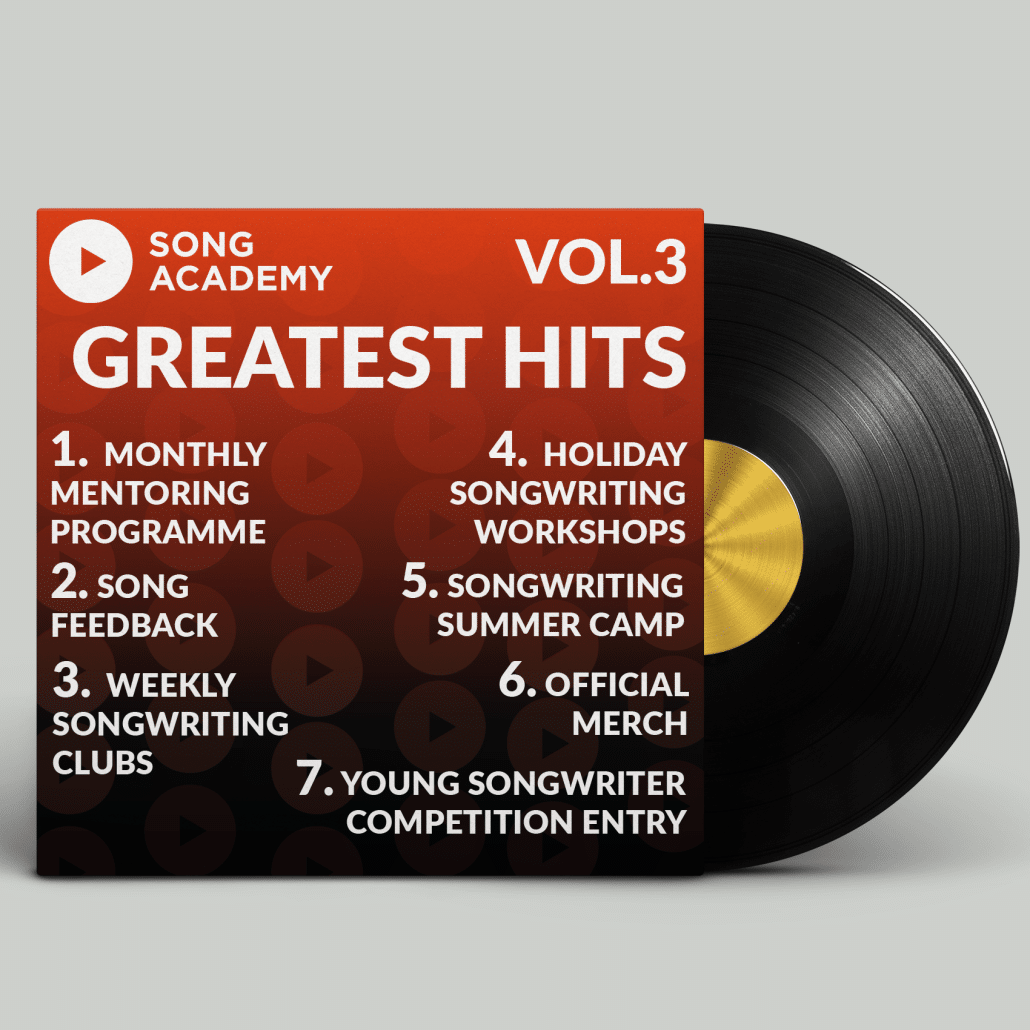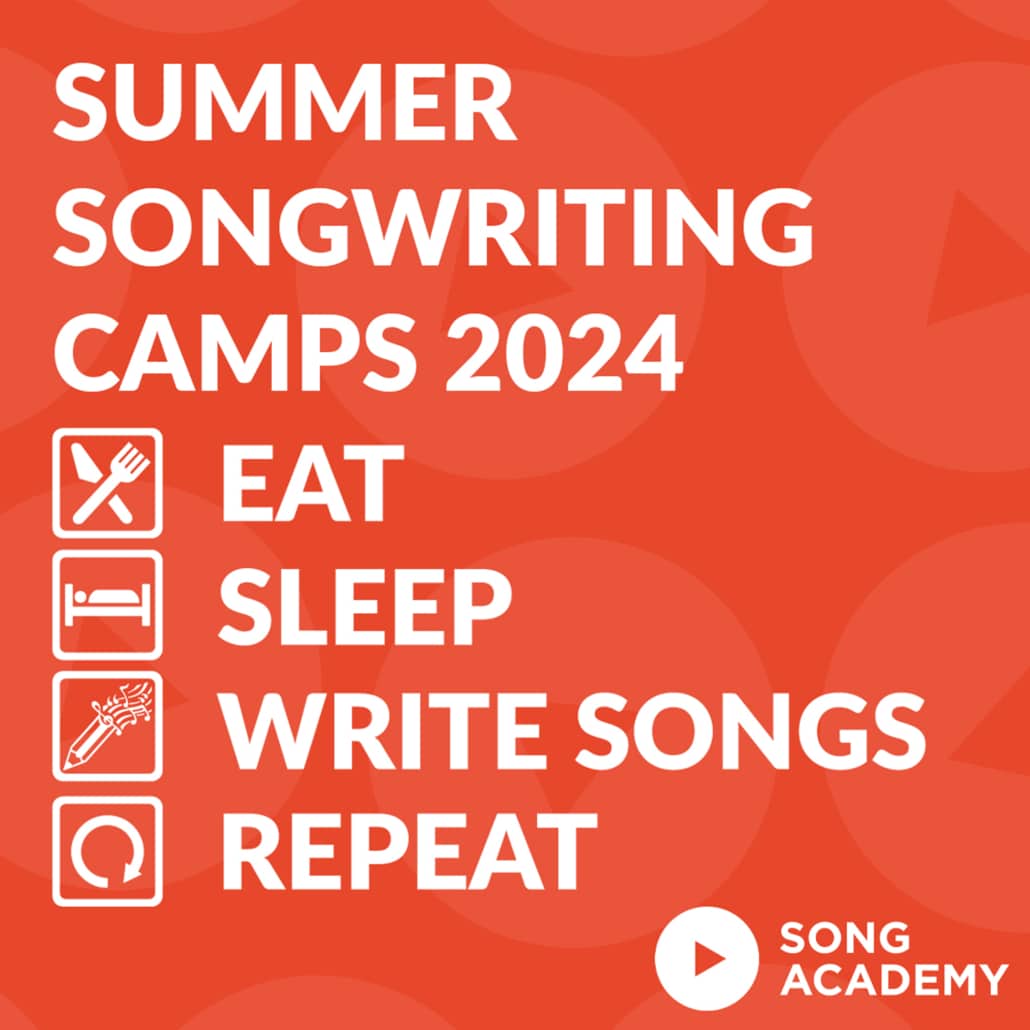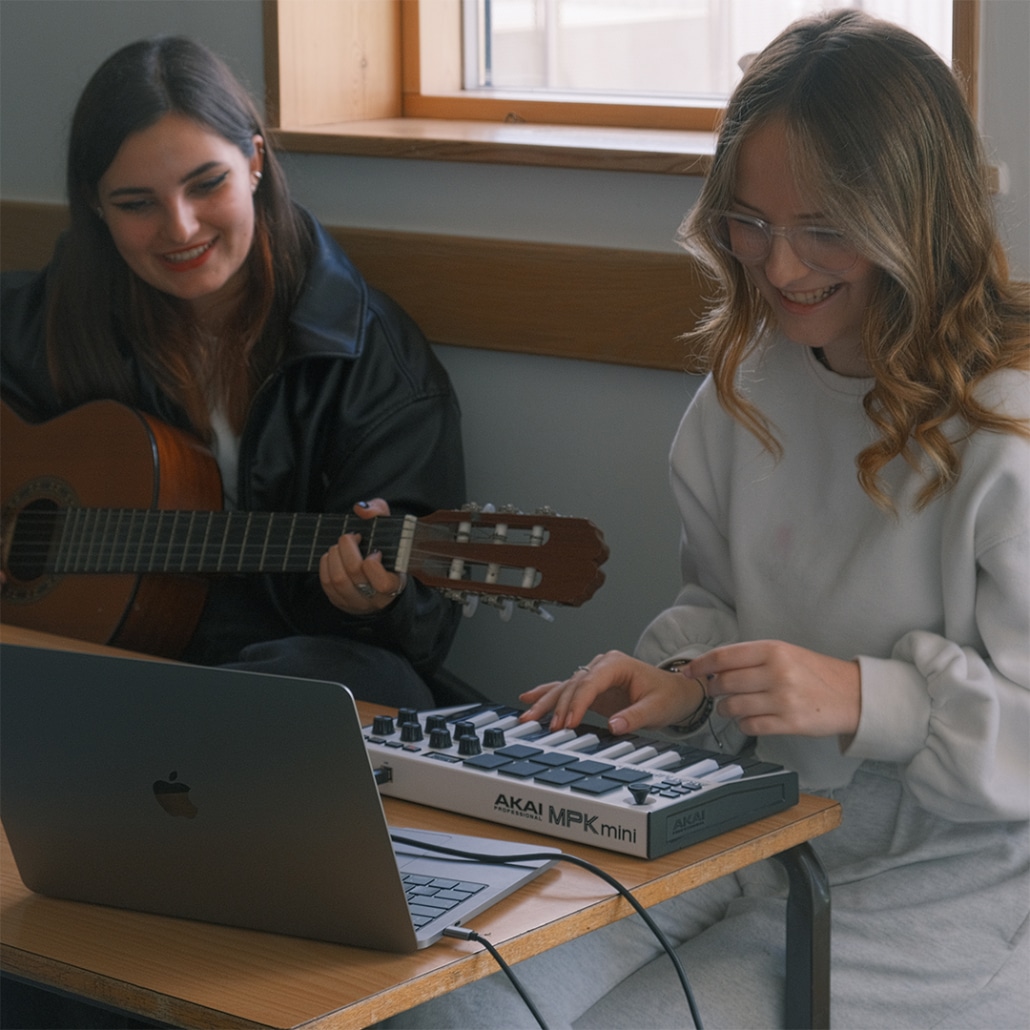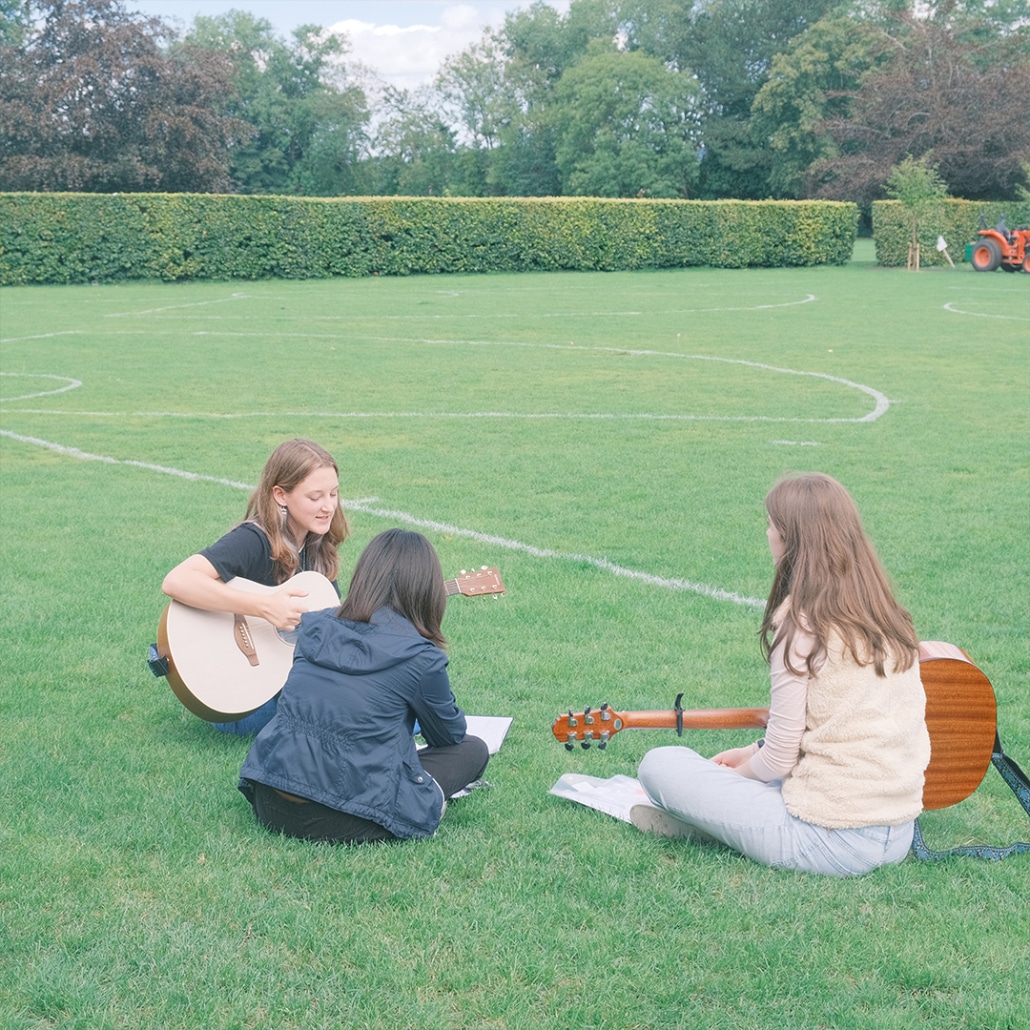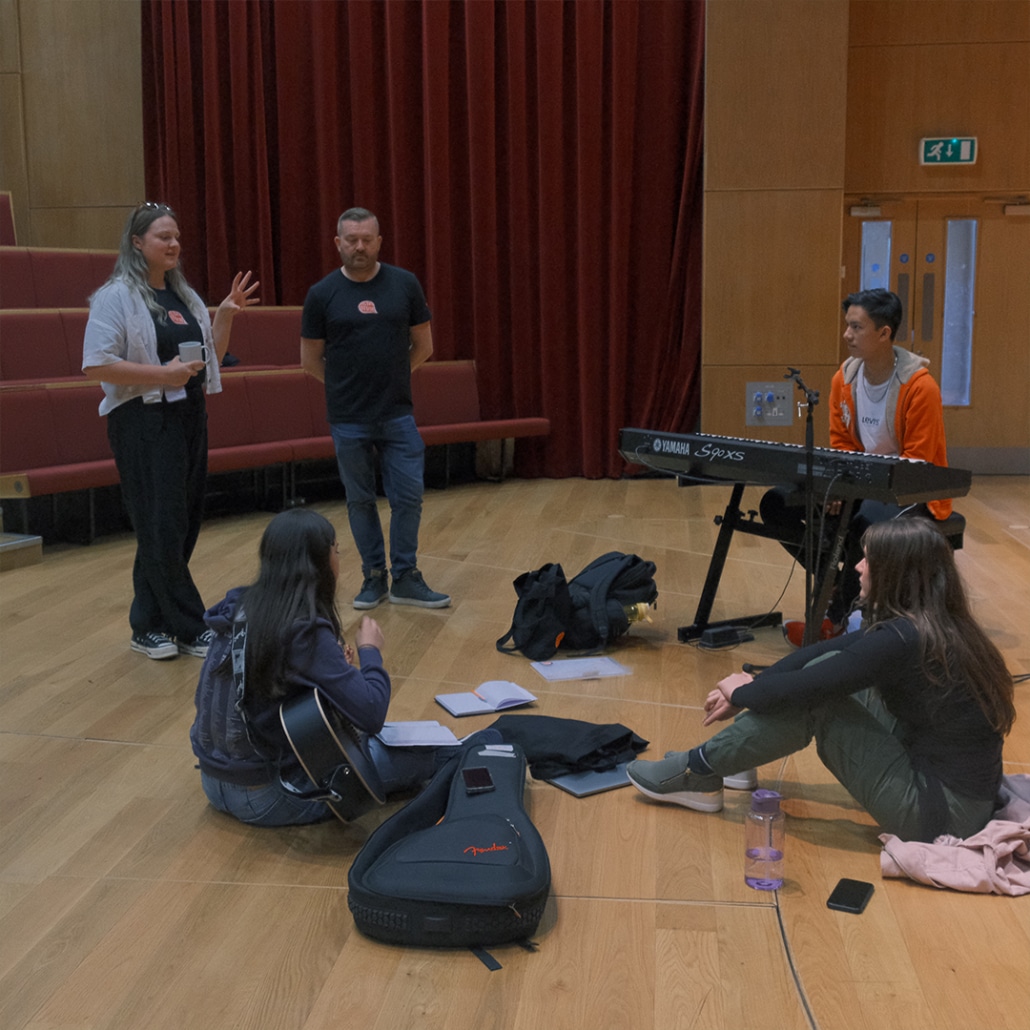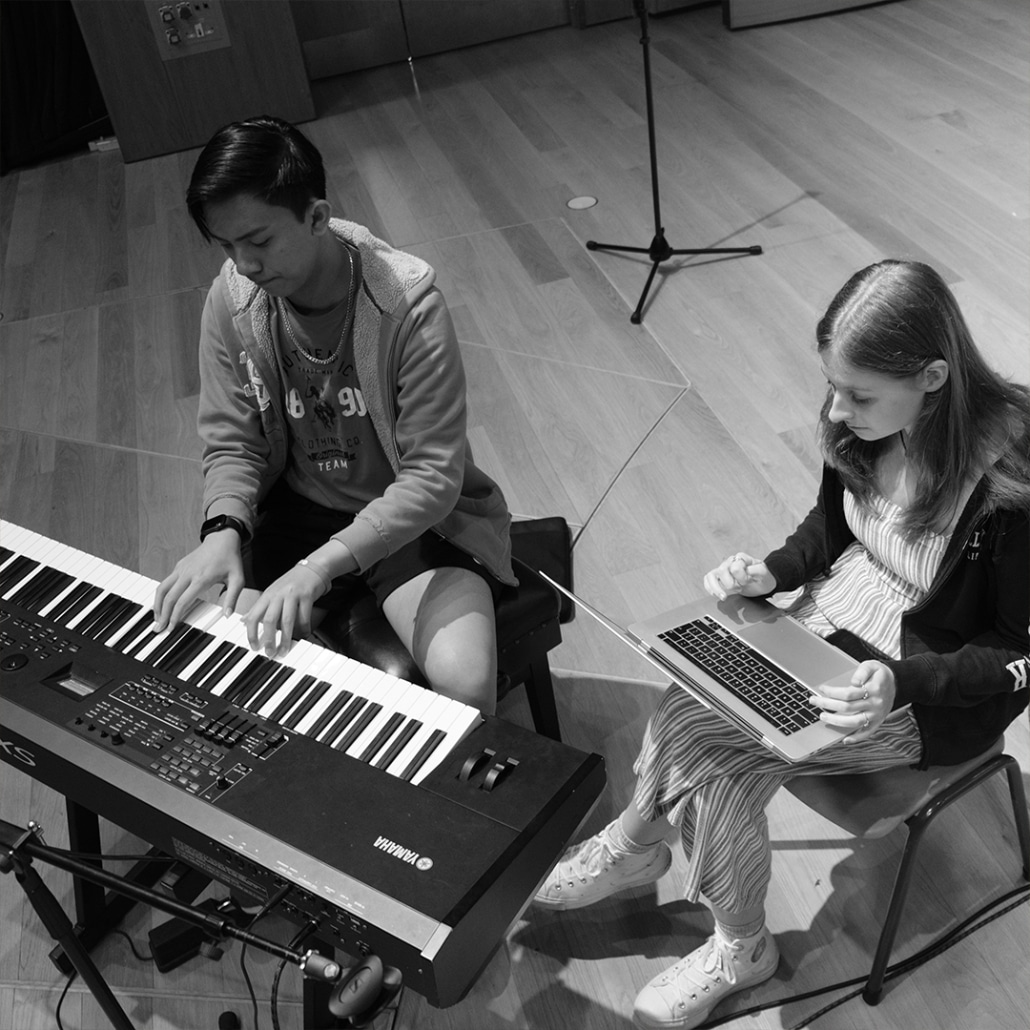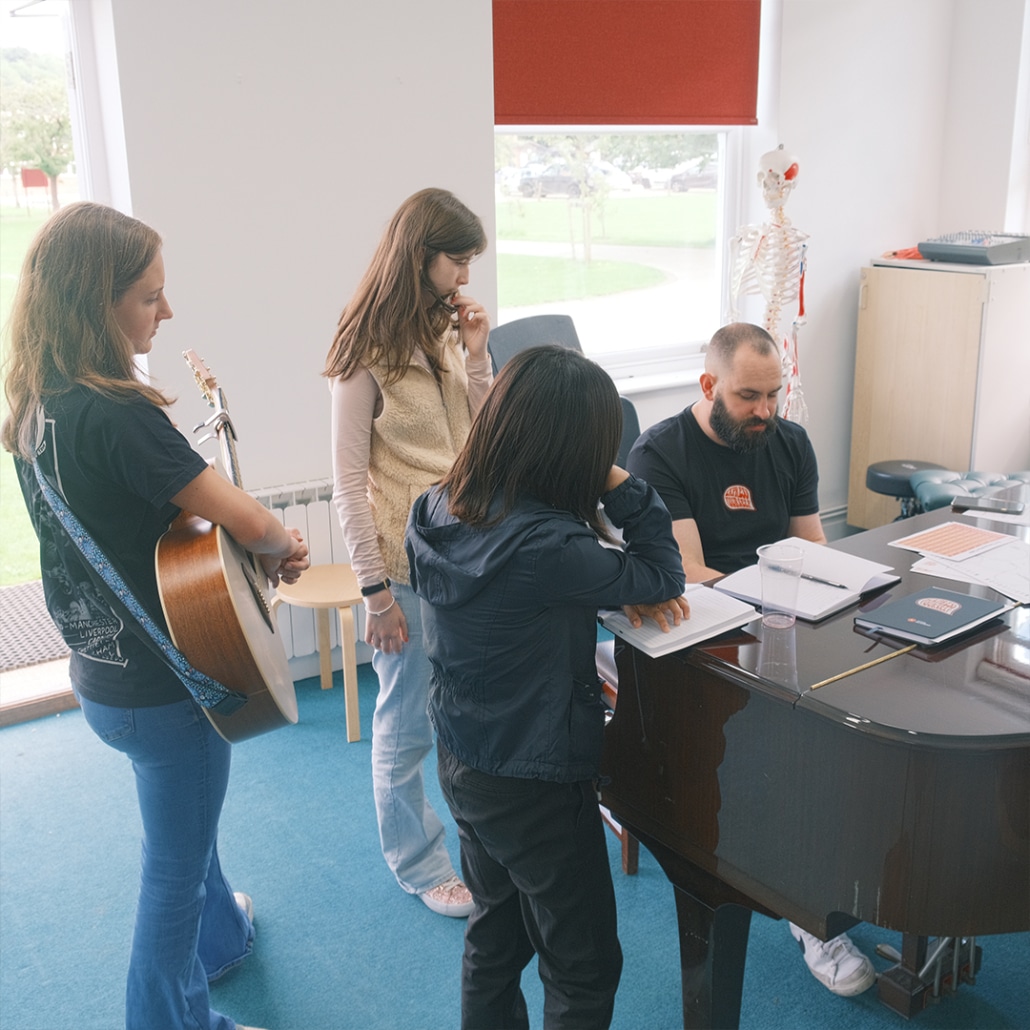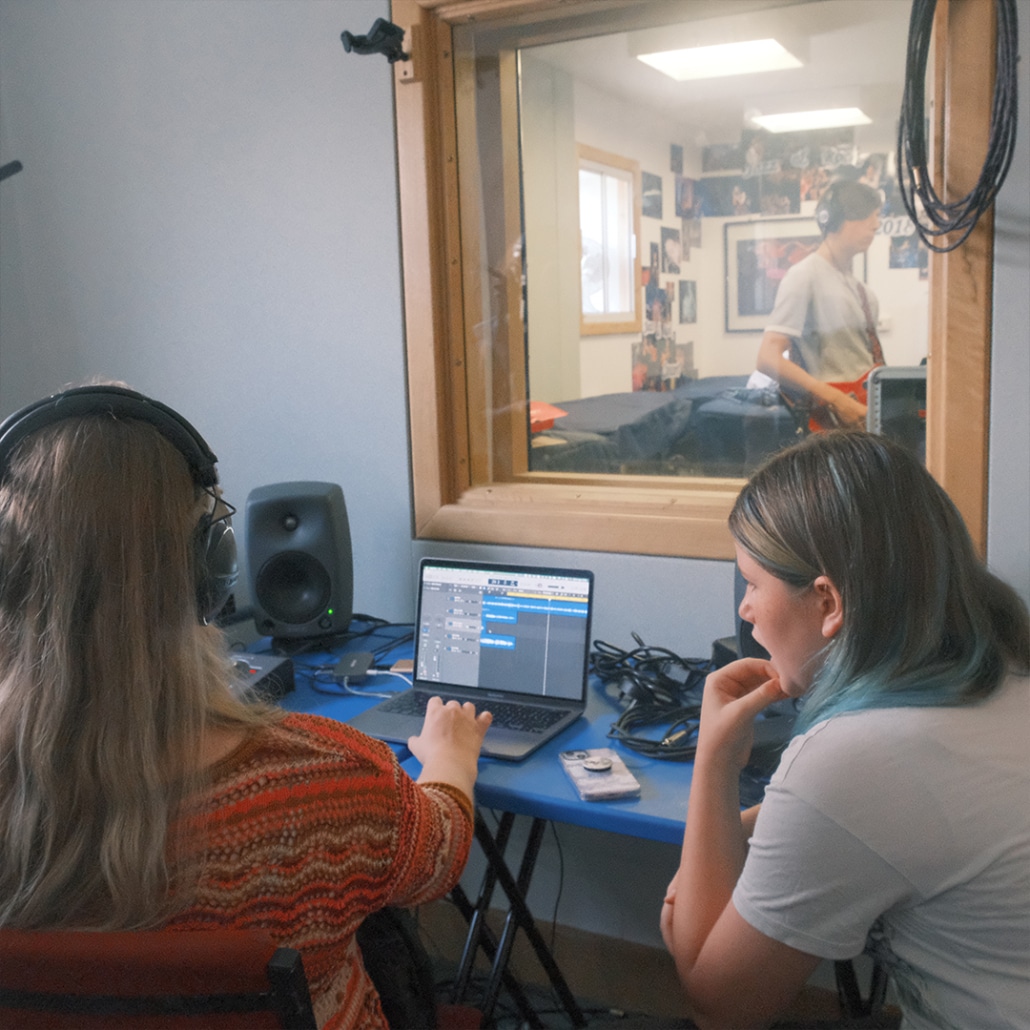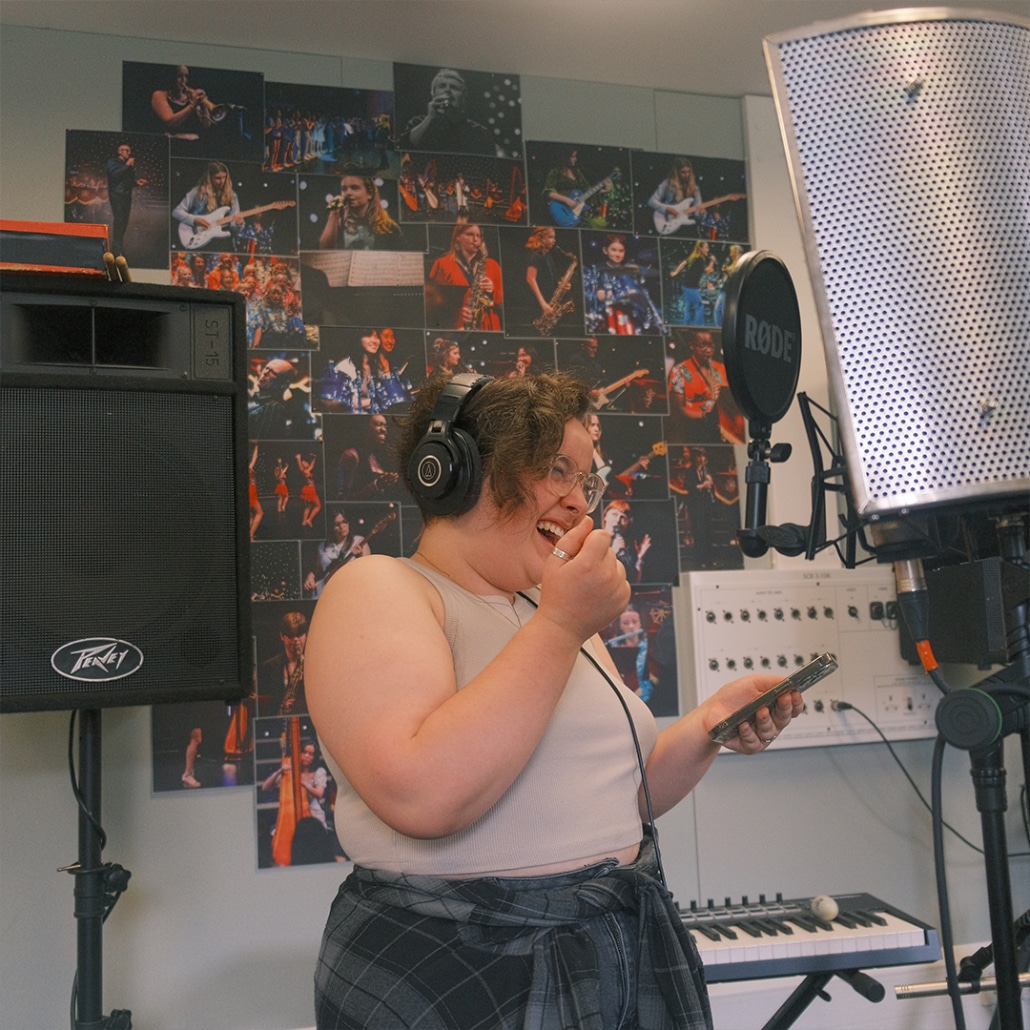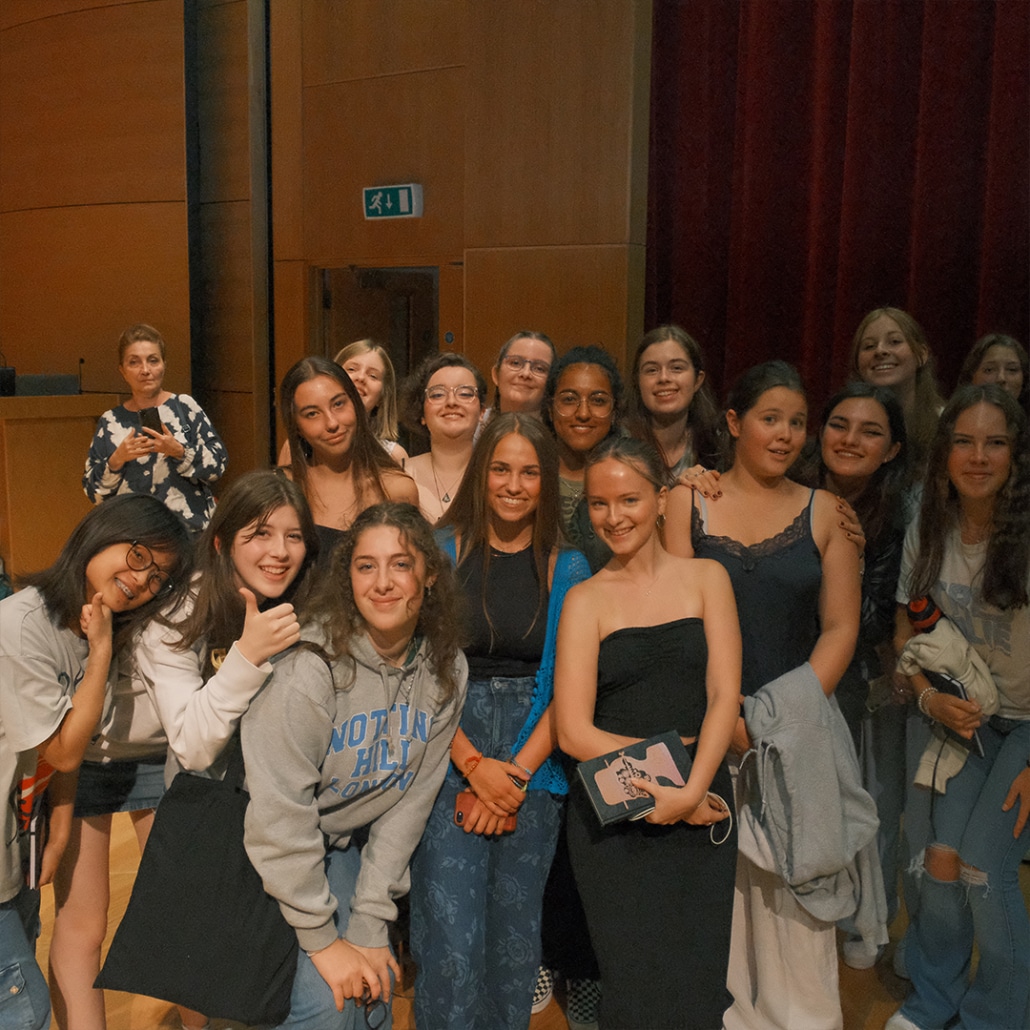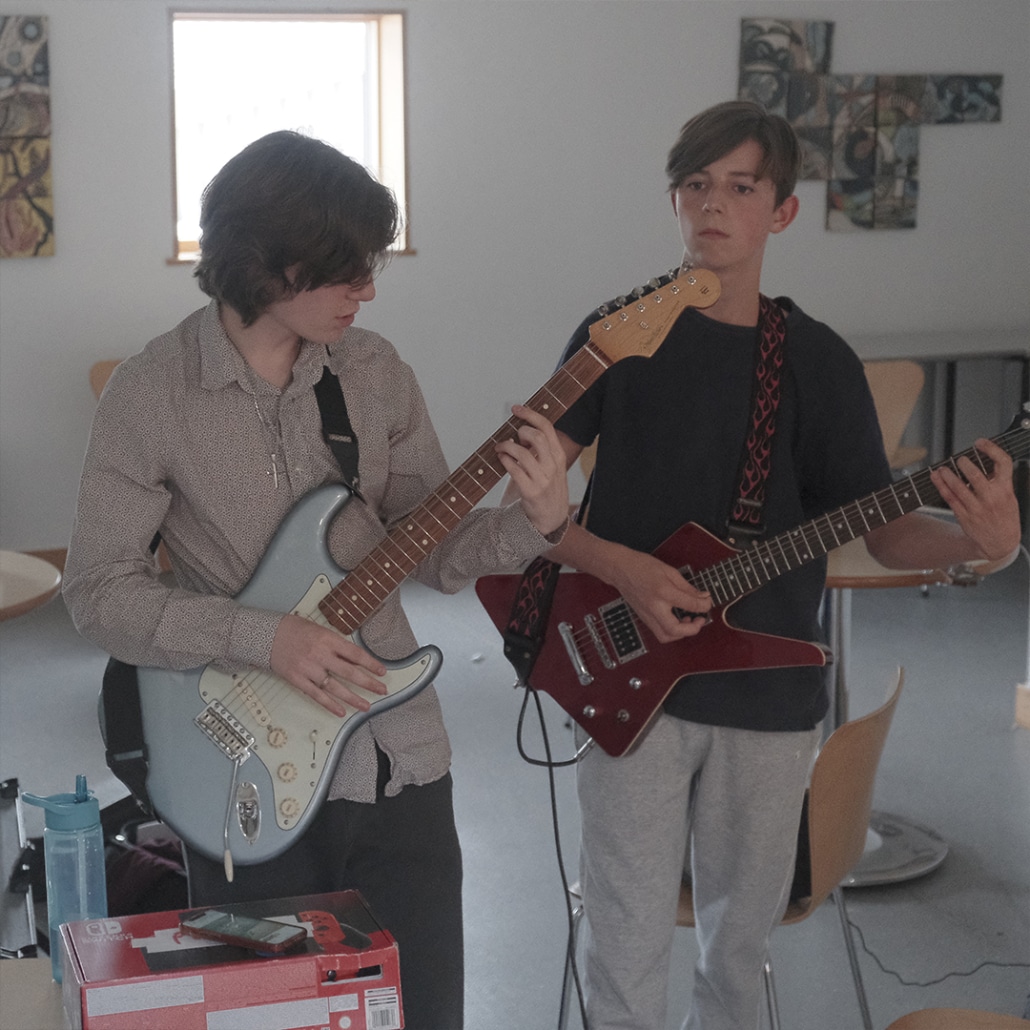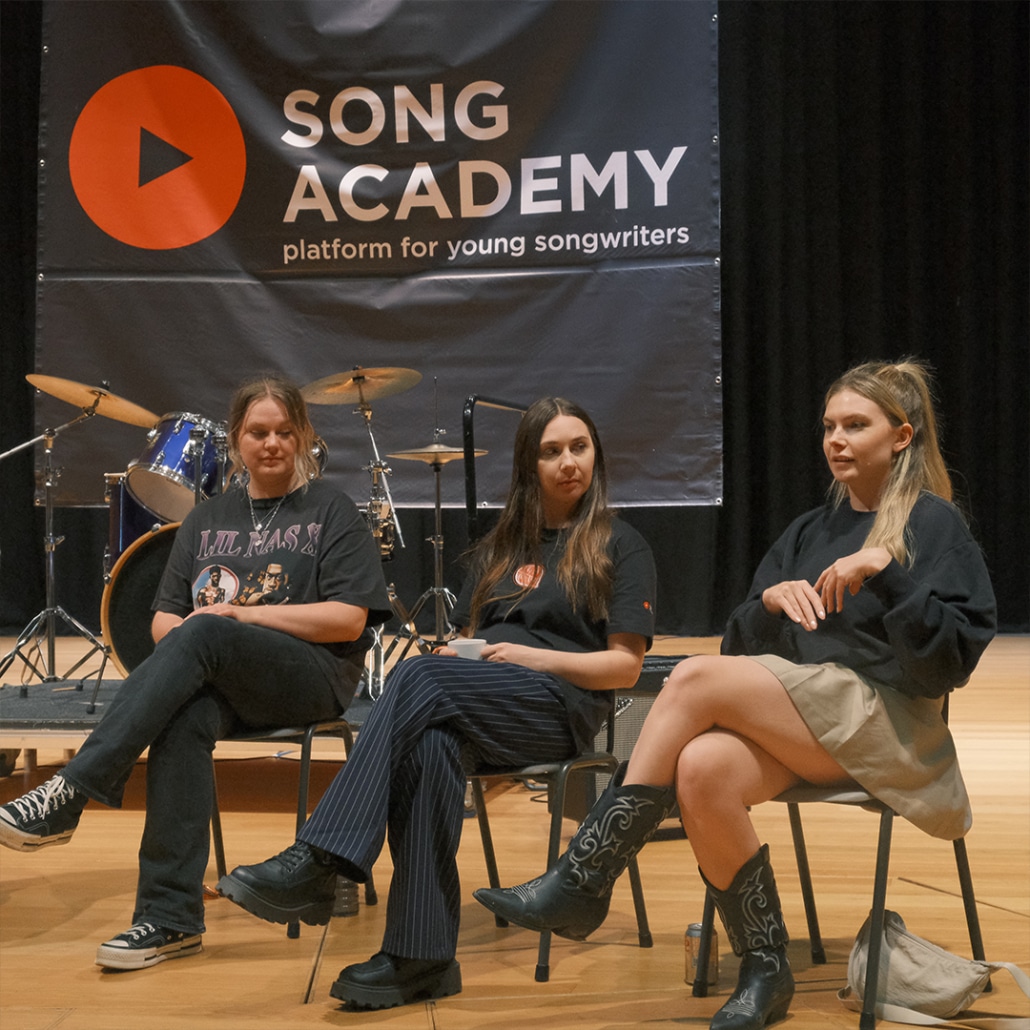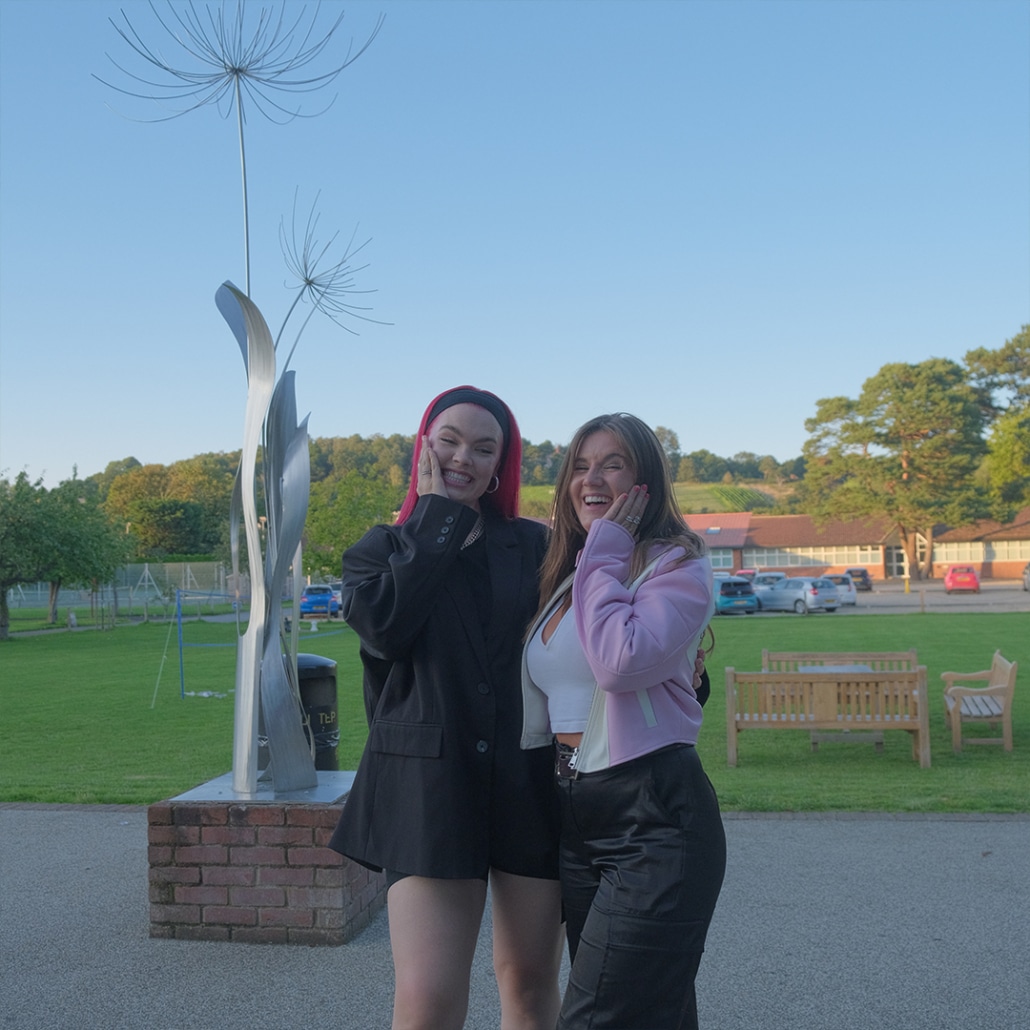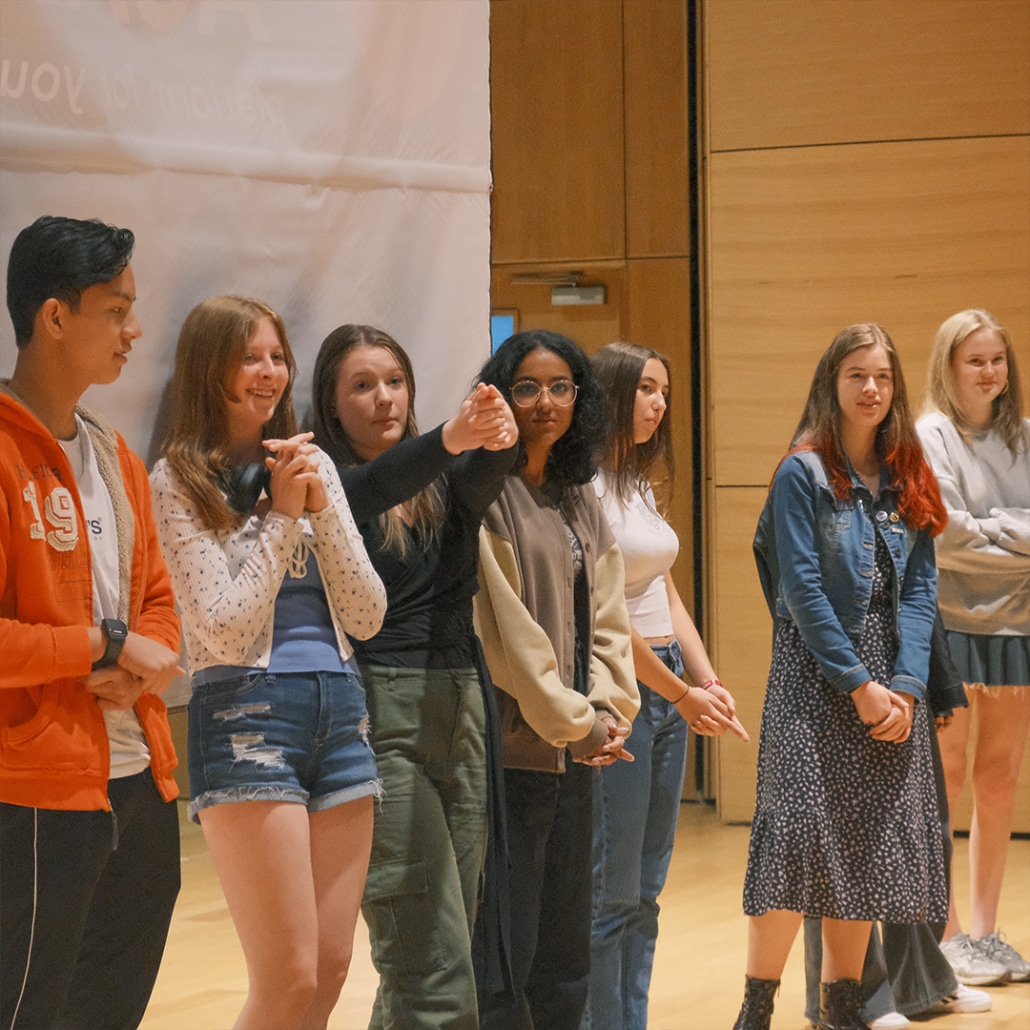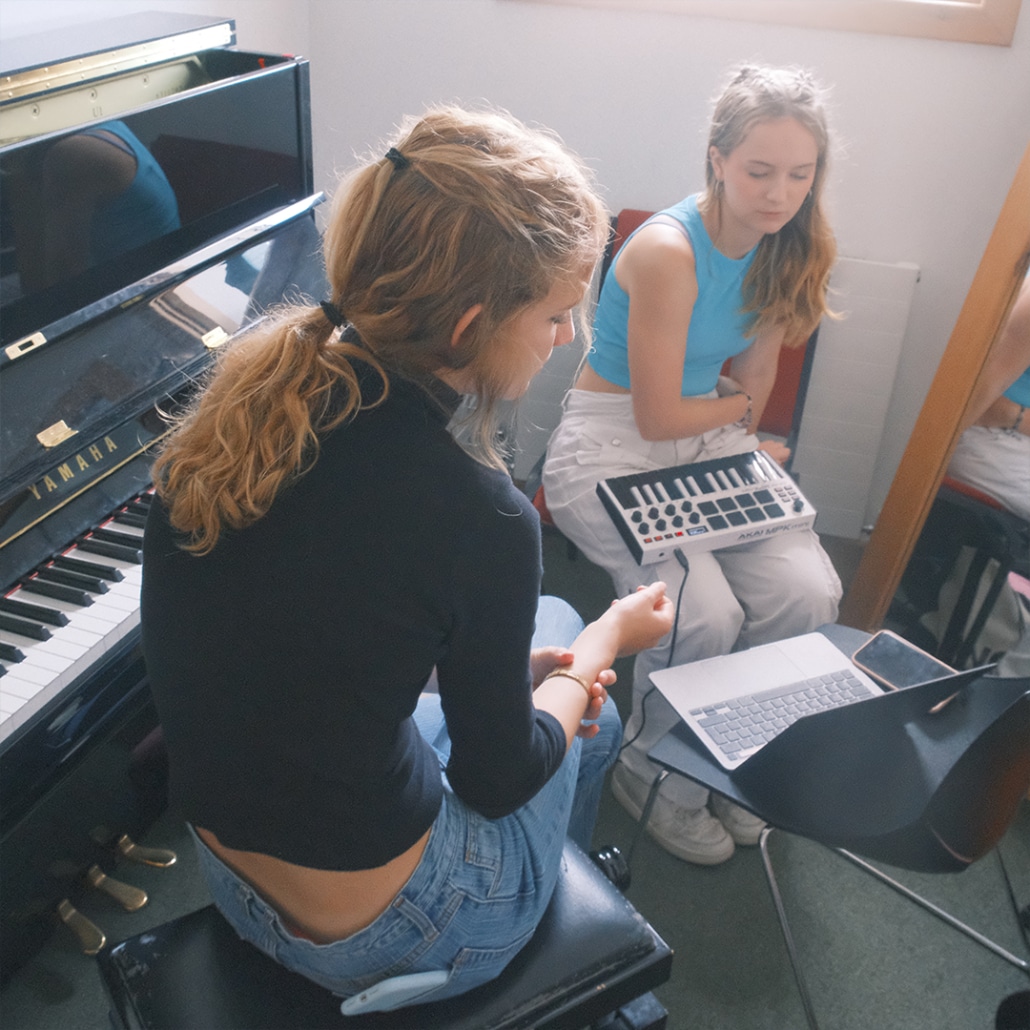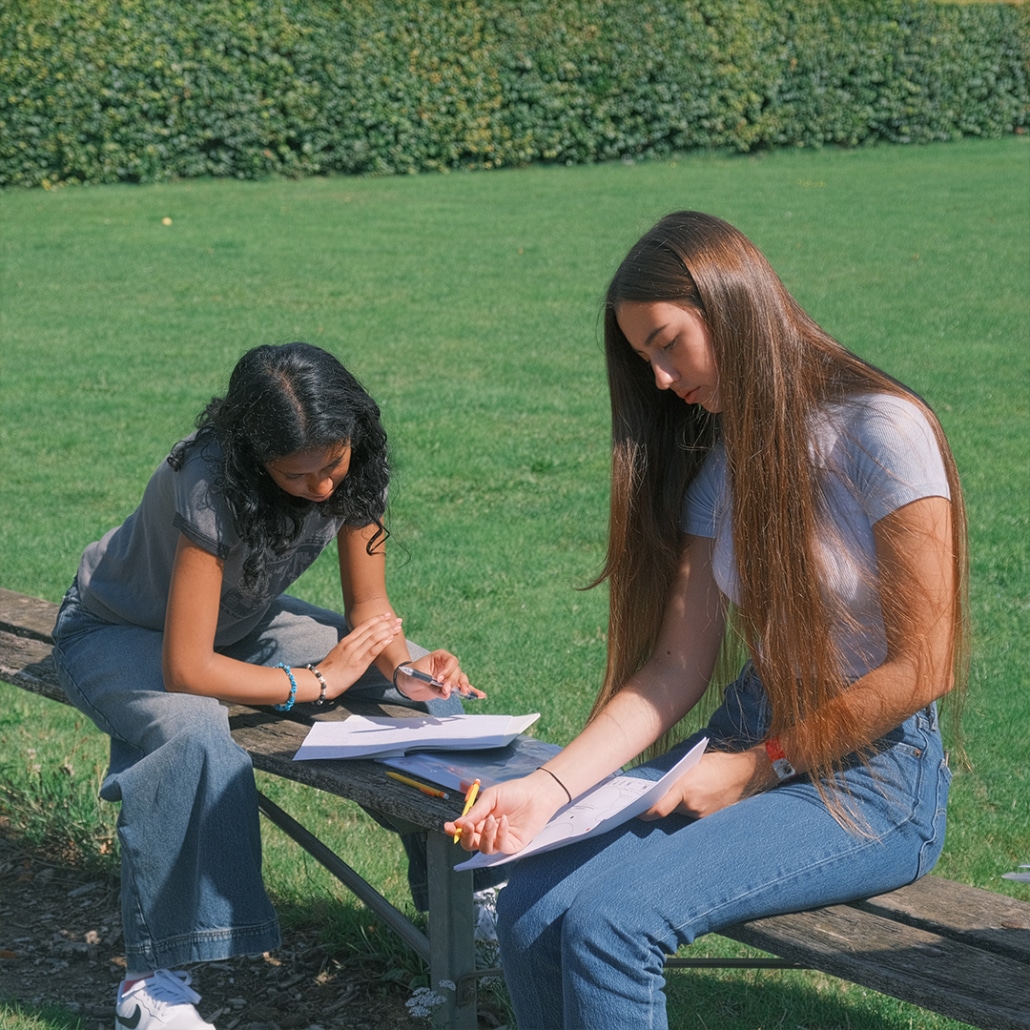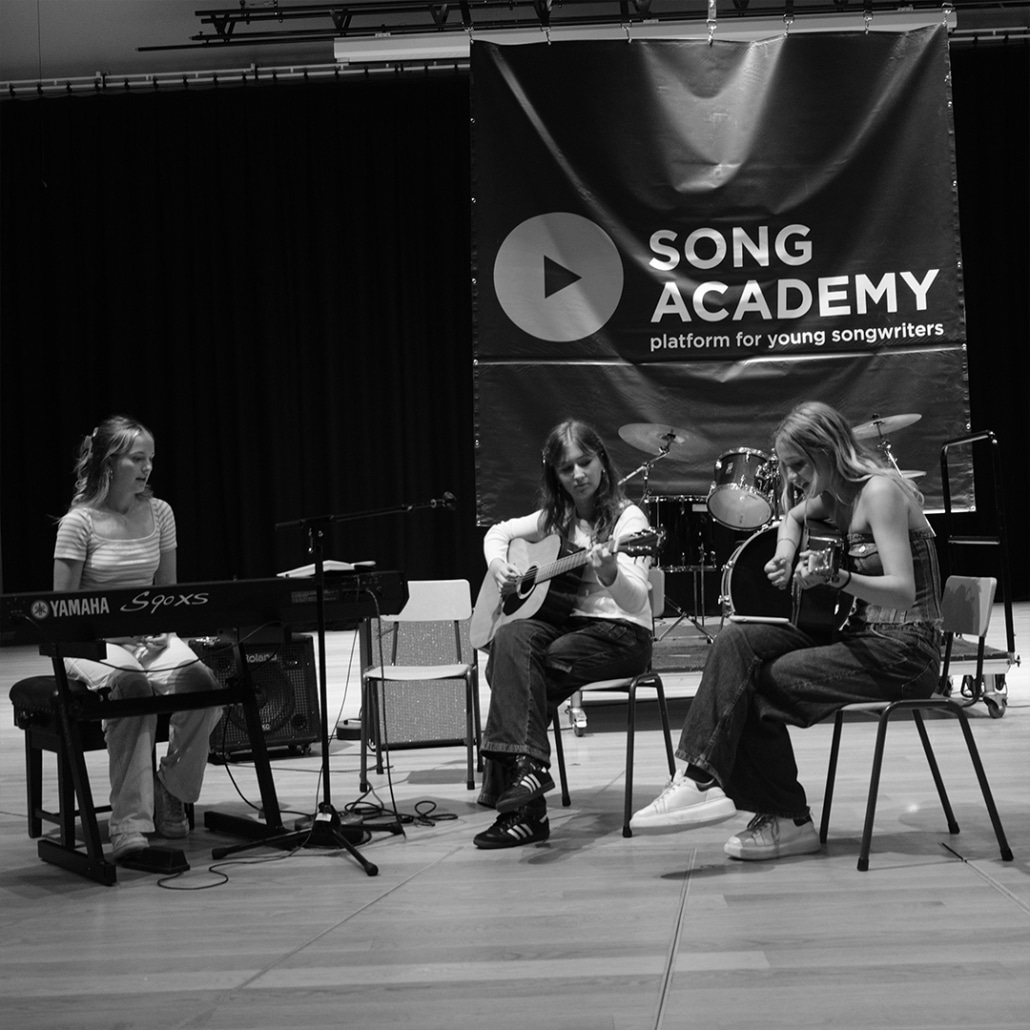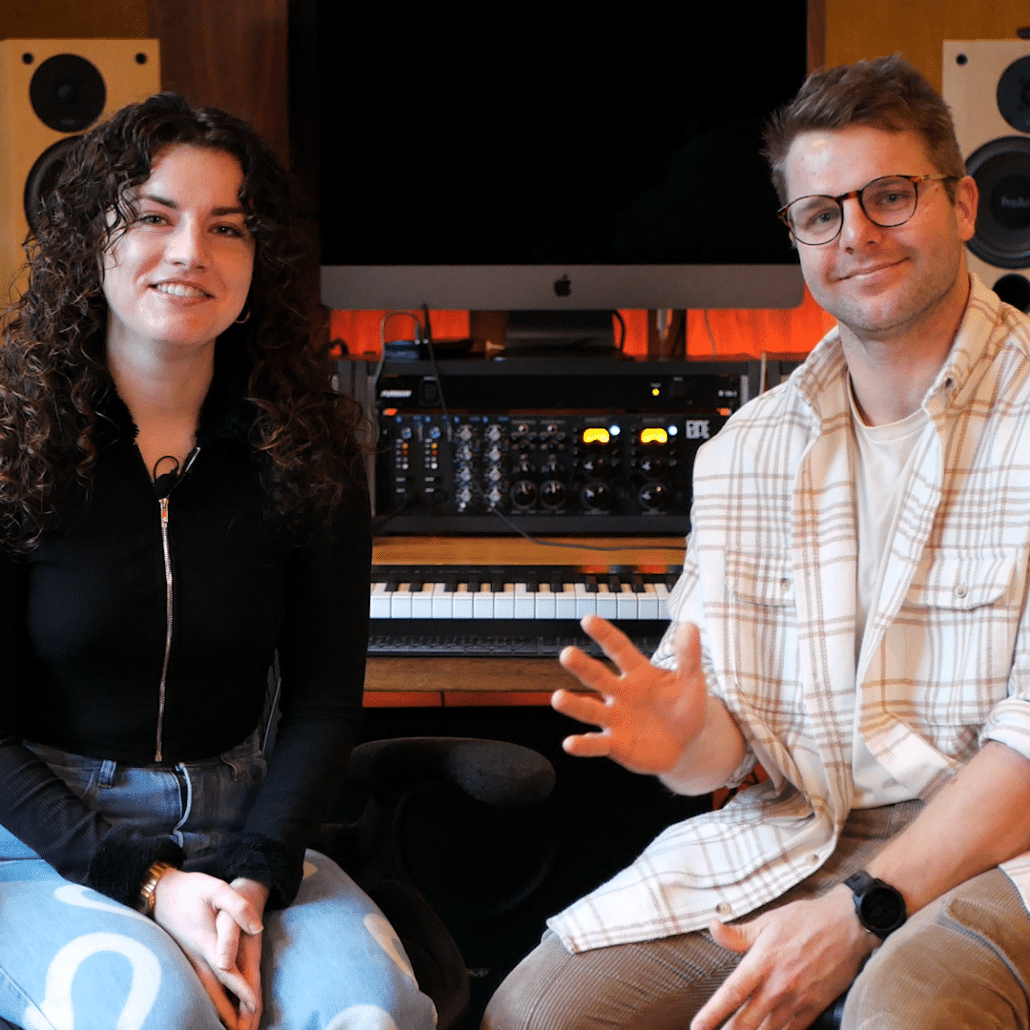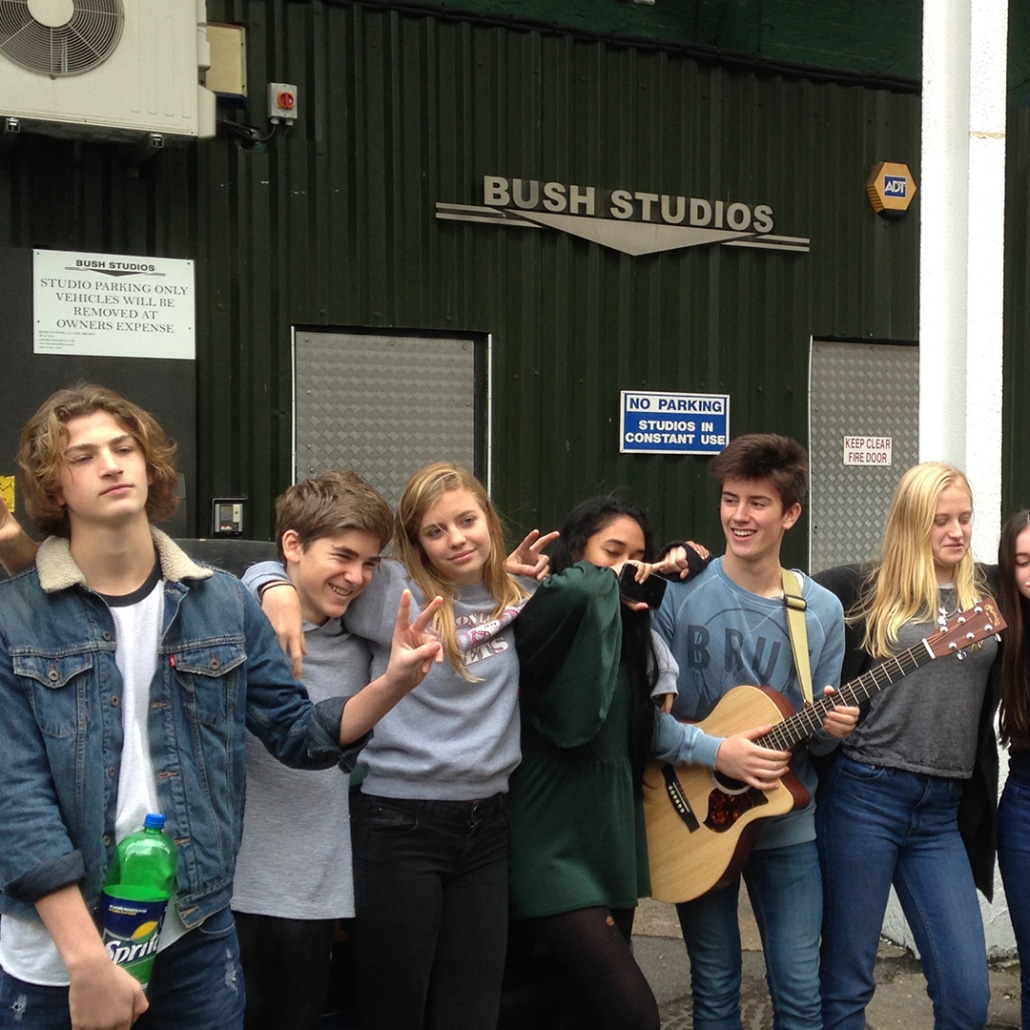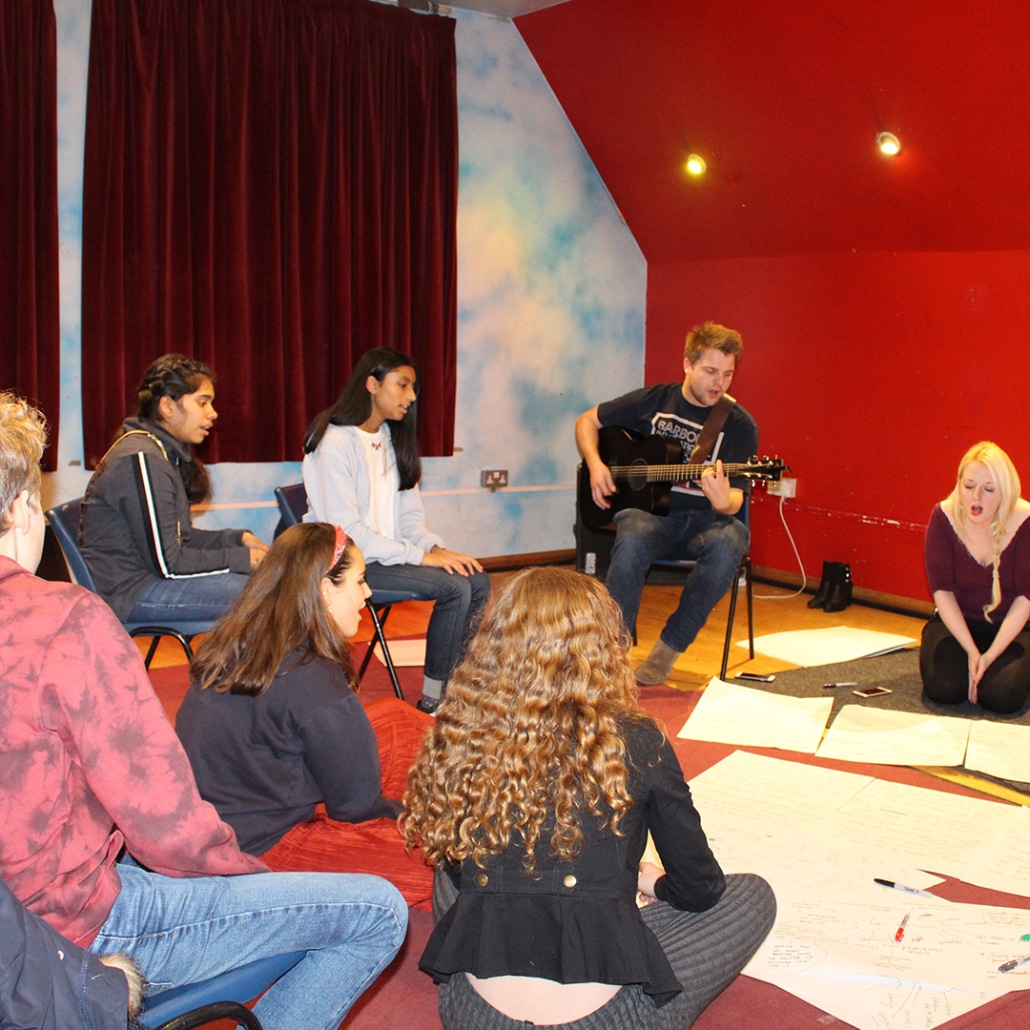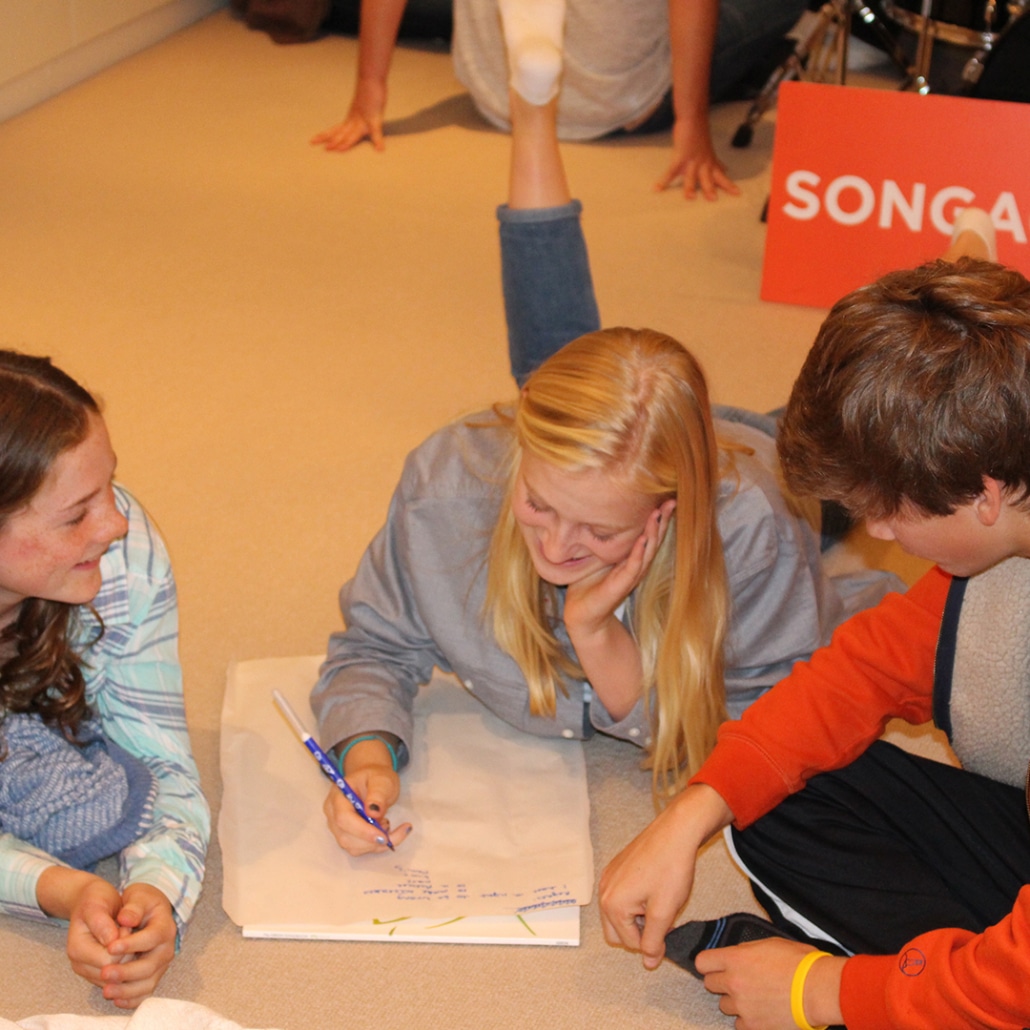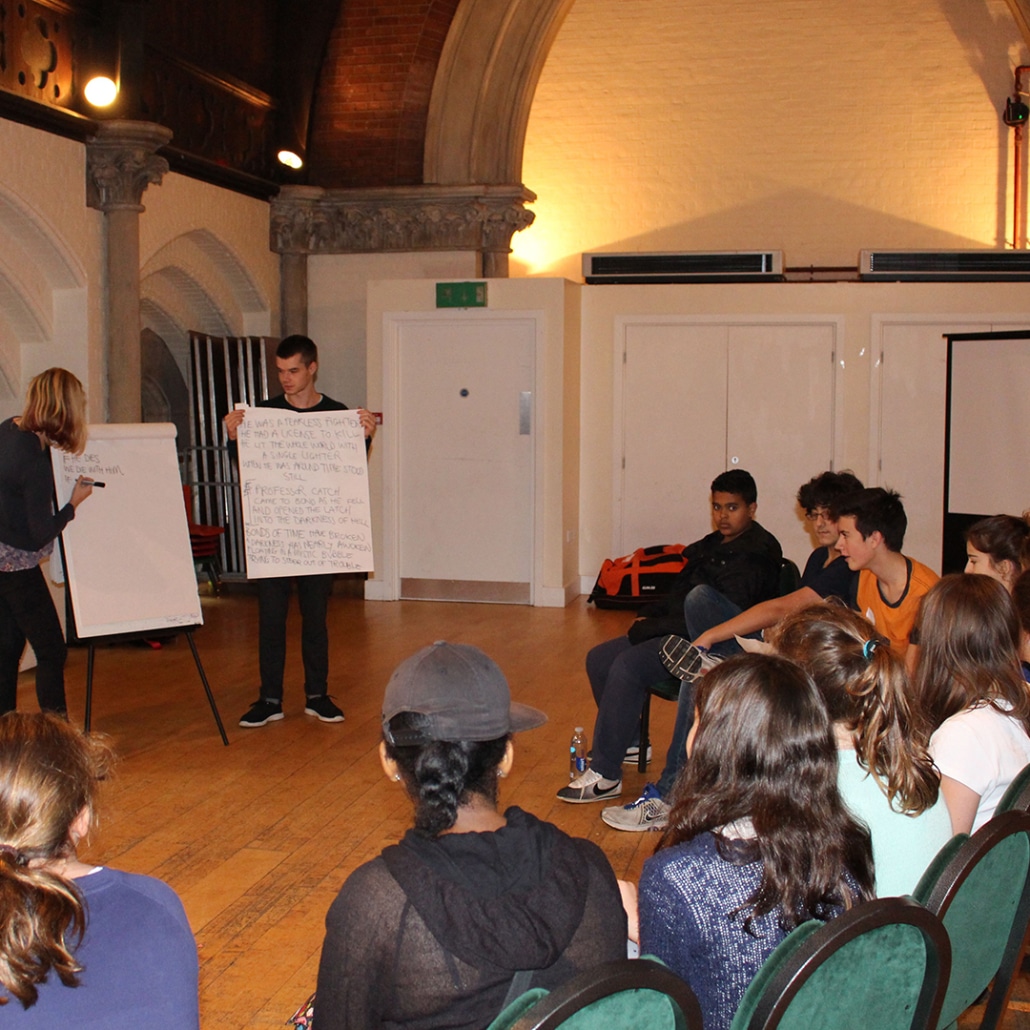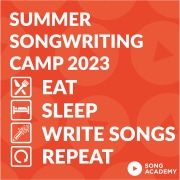Best Songwriting Tips from Top Musicians
Ever felt like songwriting is this amazing mystery just waiting to be solved? In many ways, it is! Clues can come from all directions, and the answers seem to reveal themselves when you’re least expecting it.
The best part? There’s no rulebook you need to follow. There’s no rule − the best songs come from your own ideas and heart, and songwriting should be about having fun and experimenting. That said, advice from seasoned songwriters can act as helpful signposts along your songwriting journey. Whether you’re just starting to explore your musical voice or you’ve been crafting songs for years, these tips from some of the world’s top musicians will help take your songwriting to the next level.
7 Ways to Find Inspiration
Let’s start with the big question – where do great songs come from? The answer is… everywhere! Creativity is not about waiting for the ‘perfect’ moment to be inspired. It’s about being open to everything around you, all of the time.
1. Listen Widely
The most creative songwriters don’t stick to just one playlist. Take Billie Eilish. She grew up being exposed to a diverse range of genres, soaking in everything from classic rock to electronic beats. Now, her music is wonderfully unique because of it. So don’t just listen to your go-to genres – explore widely and let different sounds spark new ideas. You’ll be amazed at what happens when you start writing without limiting your options. Writing songs in different styles can broaden your creativity.
2. Pay Attention
When asked where she gets inspiration from, American rapper Doja Cat said: “I really pull from everyone. I’m absorbent.” You should be, too. Your next hit song could be hiding in a random conversation, a feeling you can’t shake, a poem, or even in a single word that catches your attention. Keep your eyes and ears open to the world around you.
3. Stay Curious
Curiosity is closely linked to creativity, and it’s your secret weapon as a songwriter. As singer-songwriter Aaron Espe puts it, “Curiosity is my compass.” When you stay interested in everything around you, song ideas will find you when you least expect them. The songwriting process often starts with curiosity, so don’t be afraid to see what comes.
4. Write What You Know
This common advice given to writers of all kinds applies to songwriting, too. Some of the most powerful songs come straight from real life. Taylor Swift, for example, has admitted this, saying: “My experience with songwriting is usually so confessional, it’s drawn from my own life and my own stories.” Personal experiences can shape your song in ways that others can relate to, so don’t shy away from writing about your life experiences – that raw honesty will resonate with others.
5. Be Authentic
When you’re writing, there’s no need to mould your style into that of someone else. As legendary songwriter Bob Dylan said: “All I can be is me.” You do you. Your unique voice is what’ll make your music stand out. Remember, there’s no rule − you can follow your own structured songwriting process and find your voice.
6. Go With the Flow
Sometimes, forcing creativity doesn’t work. If the mood doesn’t feel right, step away for a bit and return when it does. The songwriting tips from the pros suggest giving yourself the freedom to let ideas flow naturally.
7. Start With a Spark
Having a clear idea of what you want your song to say can be the perfect starting point. Begin with a message, a story, or even just a feeling you want to express, and let everything else build from there. Some successful songwriters recommend starting with the lyrics first, as this gives you a foundation to build the rest of your song. Whether you start with the lyrics or the main melody, trust the process.
Songwriting Techniques: 10 Tips
Now let’s get into the “how” of songwriting with these practical tips and exercises.
1. Learn from the Greats
One of the best ways to develop your skills is to study the songs you love. Try analysing and breaking down your favourite tracks. What makes them work? What chord progressions do they use? How do the lyrics flow with the melody? Understanding these elements will level up your own writing. Look at history’s greatest songs for inspiration.
2. Write Daily
Songwriting is like a muscle – the more you use it, the stronger it gets! Ed Sheeran didn’t become a songwriting superstar overnight. He has spoken about how he committed to writing one song a day, at first. Now, he writes at least three songs per day, but often it’s more like four or five. Make songwriting a daily habit, even if it’s just for 15 minutes. Start with the simplest form of your song and build from there.
3. Practice with Purpose
Don’t just write randomly – practice with intention! Focus on improving specific aspects of your craft each time you sit down to write. Maybe today you’ll work on creating catchier choruses, and tomorrow you’ll experiment with new chord progressions.
4. Don’t Discount the Demo
A demo is just a quick, raw version of your song – but it can become something huge. Did you know Adele’s demo for “Rolling in the Deep” ended up being the final version? So, always record your ideas, even if they’re rough. That initial spark often has something magical that can’t be recreated. When writing lyrics, don’t worry about making them perfect on the first try – just get them down and build the rest around it.
5. Jot it Down
You never know when a brilliant idea will pop into your head. This is why all writers should have a notebook or phone handy to make notes. Record anything that might contribute to a good song – interesting phrases, random thoughts, or cool rhymes. You never know − these little snippets could become the memorable lyrics for your next hit!
6. Access Your Subconscious
To be creative, tap into your subconscious mind. One technique is stream-of-consciousness writing. Basically, you write without stopping or editing for 10 minutes straight. Just let your mind wander and allow whatever comes to mind flow onto the page. This tried technique can unlock lyrical ideas you didn’t even know you had.
7. Don’t Get Stuck in Your Head
Overthinking can be the enemy of creativity. As Arctic Monkeys’ Alex Turner says, “If anyone asks me about songwriting, I guess I’d say that you just gotta do it.” Sometimes you need to stop analysing and just write!
8. First Draft, Then Craft
Few songs (if any) will be perfect straight away. Writing your first song? Don’t be afraid to write a messy first draft – the real magic happens when you start refining and rewriting. Give yourself permission to polish your songs over time.
9. Find Your Focus Zone
You’ll need a distraction-free environment when you’re writing. To improve your songwriting, put your phone on silent, find a quiet space, and let your creativity flow without interruptions.
10. Create a Dedicated Songwriting Space
If you can, create a space that will support you while you’re learning how to write a song. Billy Joel – one of the world’s greatest songwriters −once said, “I find I write best when I sit myself down, have a coffee, go into wherever my space is.” Having a dedicated spot for songwriting can help signal to your brain that it’s time to create.
Harness the Power of Collaboration
Two heads (or more) can be better than one when it comes to songwriting. We’ve found this to be true in our summer camps and songwriting workshops. So…
Team Up
Working with others can push your creativity in exciting new directions. Tor Erik Hermansen, from Norwegian songwriting duo Stargate, recommends you “Work with new people, keep it fun, and collaborate with those who have exciting ideas.” You could even have a songwriting party and get creative with other musical friends.
Seek Feedback
Don’t be afraid to share your songs and ask for honest feedback. As Beck says, “I enjoy the collaboration. I always envied people in bands who got to have that interaction.” Fresh ears can help you spot both the strengths and weaknesses in your songs.
Crafting Your Song Structure
Choose Your Blueprint
Understanding different song structures (like verse-chorus-verse or AABA) gives you a framework to build upon. Each section has a job to do – verses tell the story, choruses deliver your main message, and bridges offer a new perspective.
Make Melody King
Your melody is what people will remember long after your song ends. So focus on creating melodies that feel natural and are easy to sing along to. These are the ones that stick in people’s heads!
Harmonise Words and Music
Your lyrics should feel like they were made for your melody. When the words and music fit together perfectly, singing your song will feel as natural as speaking.
Start With the Hook
Many hitmakers, including OneRepublic’s Ryan Tedder, suggest starting with your chorus. Once you’ve got that killer hook, the rest of the song often falls into place much more easily. These lyrics are arguably your best way to begin.
Repeat, But With a Twist
Repetition in songs makes a big difference in helping listeners connect with the music. Just make sure to add small variations each time to keep things interesting.
Breaking Through Writer’s Block
Feeling stuck? It happens! Here’s how to get unstuck:
Change Your Scenery
As we’ve said, if the words just aren’t coming, don’t force things. Go for a walk, listen to some music, or do something completely different. Sometimes your best ideas appear when you’re not trying so hard.
Call in Backup
Collaborating can be the perfect cure for writer’s block. Having someone else in the room brings new energy and fresh perspectives that might be just what you need to break through.
Try a New Perspective
If you’re stuck writing from your own point of view, try writing from someone else’s shoes. This empathy switch can open up completely new directions for your song. Experiment with how lyrics come when you approach songwriting from a different angle.
Learn from Mistakes
The late Johnny Cash had the perfect advice for dealing with setbacks: “You build on failure. You use it as a stepping stone.” Don’t get discouraged if things aren’t working out right away – every attempt teaches you something valuable.
Conclusion
The most important thing to remember? Songwriting takes practice, and the only way to get better is to keep writing. Don’t be afraid to experiment, step outside your comfort zone, and find what works for you. The journey of becoming a successful songwriter starts with writing songs that are uniquely yours.
And remember, you’re not alone! Song Academy is here to help you develop your songwriting skills, connect with other young writers, and share your music with the world. From our songwriting courses and song feedback to our Young Songwriter competition, we’ve got loads of ways to support your musical career.
Ready to start your songwriting journey? Join us and let’s get creative together! Check out our workshops or school songwriting programmes, enter our Young Songwriter competition, or join our supportive tribe of young songwriters. Your voice matters, and we can’t wait to hear it!
